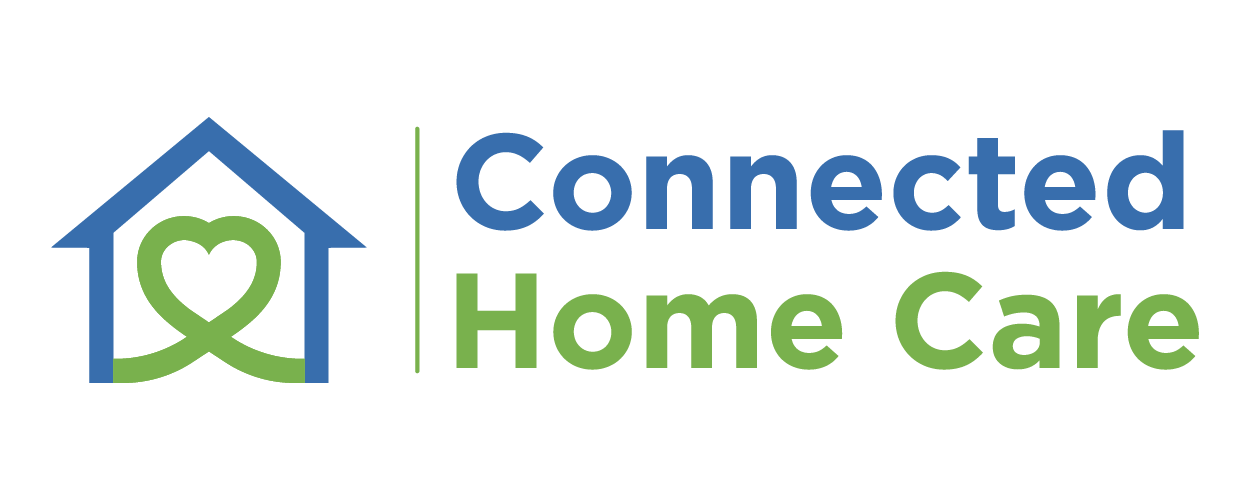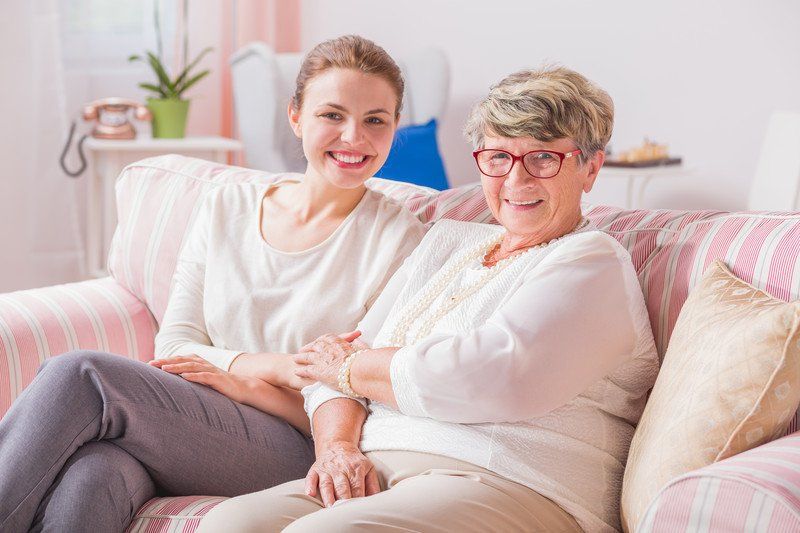About the vaccines
Some people have asked about what's in the vaccines.
It's a reasonable question. Here you go:

This chart is from the CDC site.
What's NOT in the vaccine?
Eggs, gelatin, latex, or preservatives. (This is good, because all of those things can cause allergic reactions in some people. )
All COVID-19 vaccines are free from metals such as iron, nickel, cobalt, lithium, rare earth alloys or any manufactured products such as microelectronics, electrodes, carbon nanotubes, or nanowire semiconductors. (They added this because of all the misinformation about chips in the vaccines.)
What is the difference between the vaccines?
Moderna and Pfizer are mRNA vaccines. They sends instructions to your immune system via mRNA. How are they different? Slightly different ingredients - like two recipes for chocolate chip cookies.
Jannsen (Johnson and Johnson) is a viral vector vaccine. It "shows" your immune system what to fight with a snip of something that looks like the outside of a COVID virus. It's more like a cupcake.
You get dessert either way.
- Neither vaccine contains live COVID viruses.
- You can't catch COVID from a vaccine.
- Neither vaccine changes your DNA.
Do we have a say in which vaccine we can have?
Sure. You can decide which vaccine you want - and then choose to go where the specific vaccine is available. Any doctor's office or CVS should be able to tell you which vaccine they are using at the moment.
Why are there different vaccines in other counties? How do I know which ones work?
Different countries have access to different vaccines - that's about business and where vaccines are manufactured. It's not really about how good the vaccines are!
It's likely that all the vaccines work. Some may work better with new variants but that's not something anyone can predict.
What are the side effects?
Some people feel tired and achy. Some even get a low fever.
Many have no side effects.
Is there anyone who should not get the vaccines?
Right now, there's no group that clearly should not get the vaccine.
However, it makes sense to talk to your doctor if you have health issues.
If we are still able to get COVID once fully vaccinated are the symptoms be less harsh? If not, what is the point of the vaccinations?
Vaccinated people who get COVID are much less likely to have serious symptoms, be hospitalized or die.
In Massachusetts, since vaccination started:
- 99% of people hospitalized for COVID are unvaccinated
- 98% of COVID deaths were unvaccinated
That's a huge difference!
Where should we reach out to get updated factual information?
The CDC is a good place to start.
Connected News










